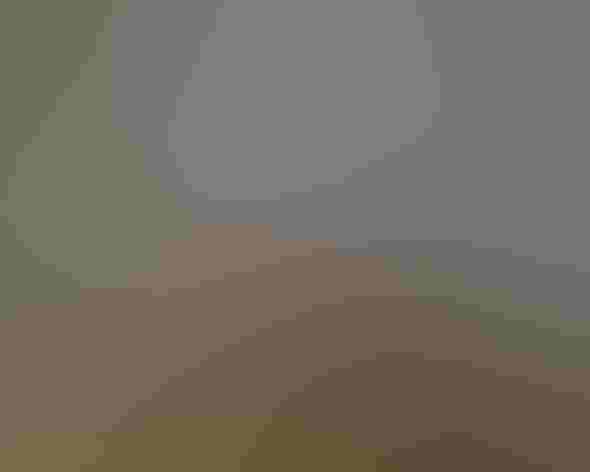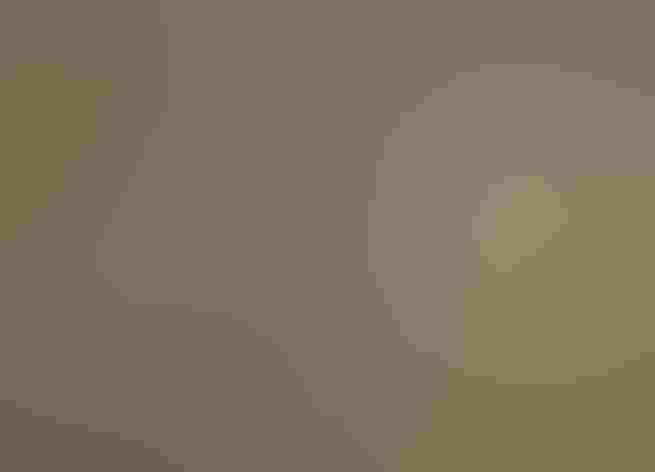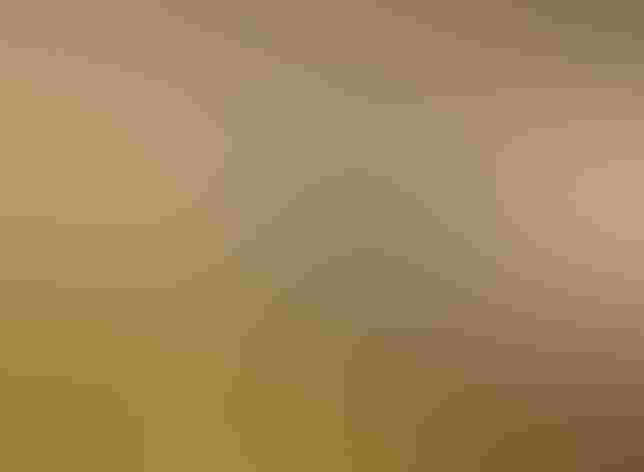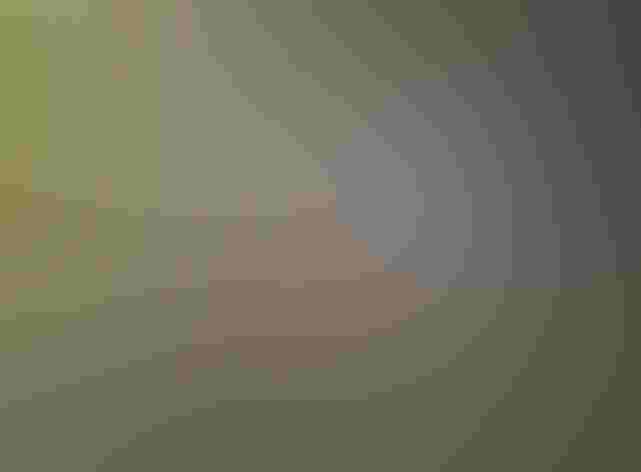Rock Pigeon
At a Glance
Few birds have been associated with humans so closely as the Rock Pigeon, better known as the common city pigeon. It has been domesticated and taken around the world, raised for food, trained for homing, racing, and carrying messages, and used in research. Originally native from Europe to North Africa and India, it now lives in a wild or semi-wild condition in cities all over the world, including most of North America. In places it has reverted to wild habits, nesting on cliffs far from cities.
All bird guide text and rangemaps adapted from Lives of North American Birds by Kenn Kaufman© 1996, used by permission of Houghton Mifflin Harcourt Publishing Company. All rights reserved.
Category
Pigeon-like Birds, Pigeons and Doves
Conservation
Low Concern
Habitat
Desert and Arid Habitats, Fields, Meadows, and Grasslands, Urban and Suburban Habitats
Region
Alaska and The North, California, Eastern Canada, Florida, Great Lakes, Mid Atlantic, New England, Northwest, Plains, Rocky Mountains, Southeast, Southwest, Texas, Western Canada
Behavior
Direct Flight, Running
Population
140.000.000
Range & Identification
Migration & Range Maps
Not migratory. If displaced from nesting area, has good homing ability; trained homing pigeons can return to home loft from long distances away.
Description
13 1/2" (34 cm). The ancestral type has pale gray body, darker head, white rump, two black bars on wings. In flight, shows contrasty white underwings. Feral flocks include a wide variety of other color forms, some of which might suggest the wild native Band-tailed Pigeon.
Size
About the size of a Crow, About the size of a Robin
Color
Black, Gray, Green, Pink, Purple, White
Wing Shape
Pointed, Rounded
Tail Shape
Rounded, Square-tipped
Songs and Calls
Soft guttural cooing.
Call Pattern
Undulating
Call Type
Hoot, Rattle
Habitat
Sustains itself in the wild around cities, farms, cliffs, bridges. In North America most common around cities, also in suburban areas and farms, occasionally in wild places far from human dwellings. In native range, nested on cliffs along coast and in inland mountains and gorges.
Sign up for Audubon's newsletter to learn more about birds like the Rock Pigeon
Behavior
Eggs
2, sometimes 1. Incubation is by both parents, 16-19 days.
Young
Both parents feed young "pigeon milk." Young leave nest at about 25-32 days, or later in cold weather. A pair may raise up to 5 or more broods per year.
Feeding Behavior
Forages mostly by walking on the ground. Sometimes forages in trees or shrubs to take berries there, climbing about awkwardly. Often feeds in flocks.
Diet
Mostly seeds. Away from cities, feeds on waste grain, seeds of many grasses and other plants, sometimes berries or acorns; may eat a few earthworms or insects. In cities, may live largely on bread crumbs, popcorn, or other junk food provided by humans.
Nesting
May mate for life. In courtship, male spreads tail, puffs up chest, and struts about, often strutting in circles around female, repeatedly bowing and cooing. Nest: Natural sites are on sheltered cliff ledges. In cities and around human dwellings, uses artificial replacements such as window ledges of tall buildings, barn lofts, rain gutters, many others. Nest (built by female, with material supplied by male) is platform of twigs, grass. Pair may use same site repeatedly, adding to nest each time.
Climate Vulnerability
Conservation Status
Sometimes a nuisance in cities, but not proven to have much negative impact on native bird species. A favorite prey of Peregrine Falcon, supporting Peregrines that stay around cities.
Climate Threats Facing the Rock Pigeon
Choose a temperature scenario below to see which threats will affect this species as warming increases. The same climate change-driven threats that put birds at risk will affect other wildlife and people, too.










